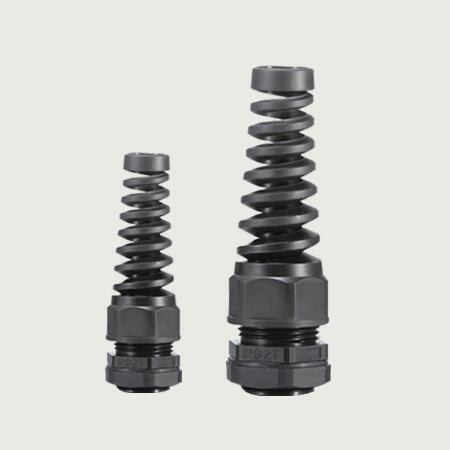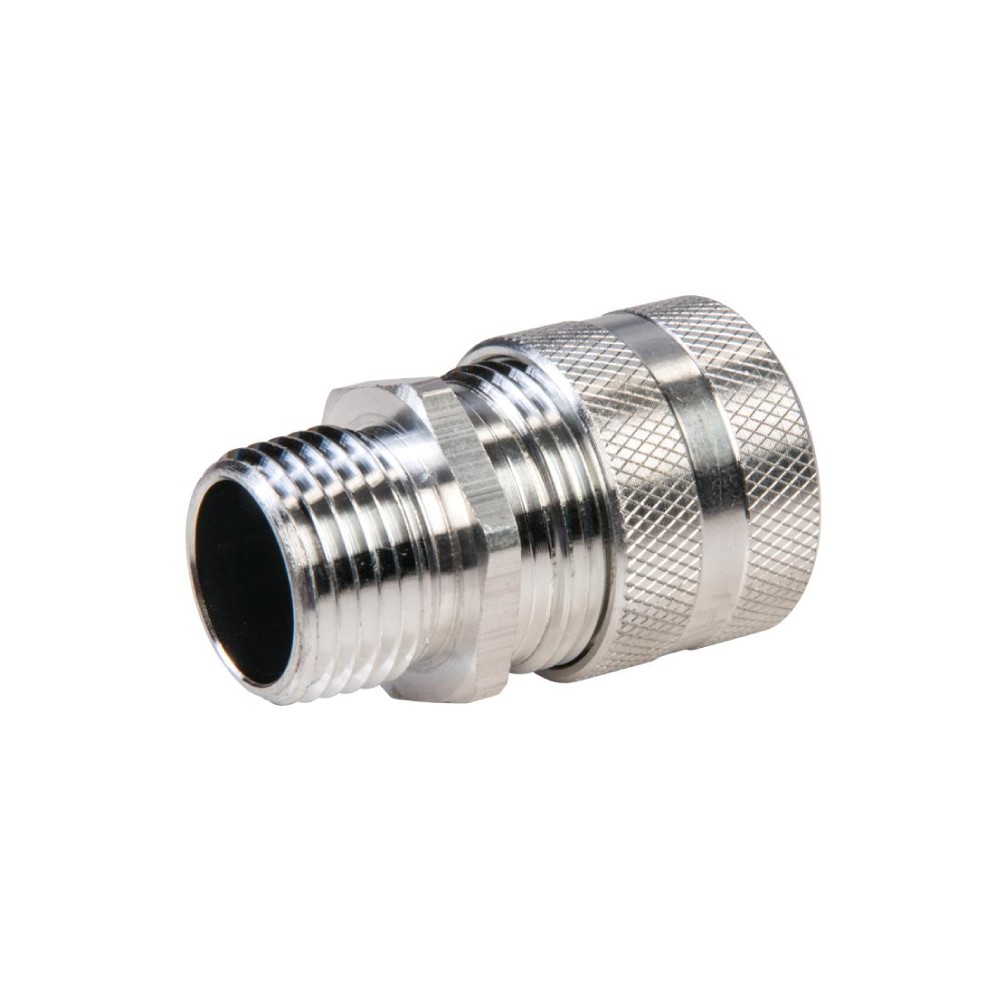

The boot can be slid backward if you wish to terminate the cable again. Slide the boot back up and over the RJ45 connector. After your cable is cut to length, slip the boot down the cable and then fully terminate the RJ45 plug. TrueCABLE offers two primary types of strain relief boots, depending on which cable and RJ45 connector you are working with: It is recommended you watch the video and read the blog that follows as both mediums bring something to the table.
#CABLE STRAIN RELIEF CONNECTOR HOME DEPOT HOW TO#
This blog has a companion video demonstrating how to put on our strain relief boots. To further improve the installer’s odds of getting a good RJ45 termination we offer strain relief boots. That said, there will still be the occasional unforeseen issue. We went the extra mile to help keep fitment tolerances between our cable and RJ45 8P8C plugs as perfect fitting as possible and we test and revise as necessary. So, we do offer these silly little plastic (or metal and plastic for shielded) connector ends even if the installer can get into a good deal of trouble. Consumers demand them anyway, usually because the average DIY installer does not fully understand the risks and potential issues and often does not know any better.A tight weather sealed WiFi AP housing or surveillance camera used outdoors is a good example. Sometimes, depending on the installation, you have no choice but to use them.
#CABLE STRAIN RELIEF CONNECTOR HOME DEPOT PATCH#
IDC or Insulation Displacement Contact terminals are what is found inside keystone jacks, patch panels, and field termination plugs.įor more information on why self-installed RJ45 8P8C connectors should be far down your list of preferential termination options see Choosing the Right Termination - Keystone Jack vs RJ45 Connector vs Field Termination Plug.īy now you are probably asking why trueCABLE even sells RJ45 8P8C connector plugs given the potential associated issues when using them on solid copper bulk Ethernet cable. Solid copper Ethernet is much better with IDC style terminations and has other key advantages. You can get more “bite” into stranded copper conductors vs solid copper conductors when terminating cable using to RJ45 connectors.

Stranded copper conductors are far superior to construct Ethernet patch cables and get a durable and reusable cable (The very definition of a patch cable is something designed to be durable and flexible with male connectors on both ends). RJ45 8P8C connector plugs are the least performant and least desirable way to terminate solid copper Ethernet cable, and quite frankly if you do decide to terminate your bulk Ethernet cable with them you need all the help you can get! The strain relief boot helps take the pressure off of your termination (specifically the golden contacts) and gives it a degree of durability. Of those three reasons, the first is the most important. Helps to keep your Ethernet cables within the specified bend radius.Electrical performance stabilization since the cable cannot shift around as readily at the rear of the RJ45 8P8C connector with a boot attached.We do recommend using strain relief boots for three key reasons: Cable boots are not associated with patch panels or keystone jacks as those types of terminations typically have their own method of providing strain relief. The primary purpose of cable boots is to provide strain relief to ease pressure on the male connector plug termination. It should be noted that cable boots are only seen in the context of male connector plugs (AKA RJ45 connectors, but sometimes with field termination plugs too). There is no significant functionality difference between these strategies. Other cable boots are not molded in, but instead are slid on and locked on the cable at the rear of the RJ45 8P8C connector during the termination process. Typically, these boots are molded right into the cable jacket plastic and cannot be removed even if you wanted to take them off. Most, but not all, factory premade Ethernet patch cords come with cable boots already installed.


 0 kommentar(er)
0 kommentar(er)
